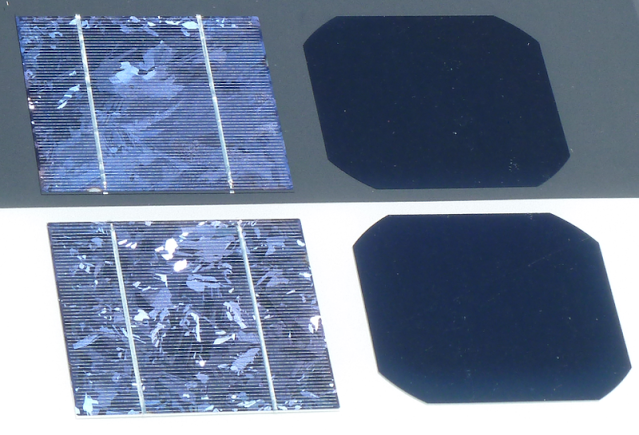A light-emitting diode (LED) is a semiconductor device that emits light when current flows through it. Electrons in the semiconductor recombine with electron holes, releasing energy in the form of photons.
The color of the light (corresponding to the energy of the photons) is
determined by the energy required for electrons to cross the band gap of the semiconductor.White light is obtained by using multiple semiconductors or a layer of light-emitting phosphor on the semiconductor device.
Appearing as practical electronic components in 1962, the earliest LEDs emitted low-intensity infrared (IR) light. Infrared LEDs are used in remote-control
circuits, such as those used with a wide variety of consumer
electronics. The first visible-light LEDs were of low intensity and
limited to red.
Early LEDs were often used as indicator lamps, replacing small incandescent bulbs, and in seven-segment displays. Later developments produced LEDs available in visible, ultraviolet
(UV), and infrared wavelengths, with high, low, or intermediate light
output, for instance white LEDs suitable for room and outdoor area
lighting. LEDs have also given rise to new types of displays and
sensors, while their high switching rates are useful in advanced
communications technology with applications as diverse as aviation lighting, fairy lights, automotive headlamps, advertising, general lighting, traffic signals, camera flashes, lighted wallpaper, horticultural grow lights, and medical devices.
LEDs have many advantages over incandescent light sources,
including lower power consumption, longer lifetime, improved physical
robustness, smaller size, and faster switching. In exchange for these
generally favorable attributes, disadvantages of LEDs include electrical
limitations to low voltage and generally to DC (not AC) power,
inability to provide steady illumination from a pulsing DC or an AC
electrical supply source, and lesser maximum operating temperature and
storage temperature.
In contrast to LEDs, incandescent lamps can be made to
intrinsically run at virtually any supply voltage, can utilize either AC
or DC current interchangeably, and will provide steady illumination
when powered by AC or pulsing DC even at a frequency as low as 50 Hz.
LEDs usually need electronic support components to function, while an
incandescent bulb can and usually does operate directly from an
unregulated DC or AC power source.
As a transducer of electricity into light, LEDs operate in reverse of photodiodes.










